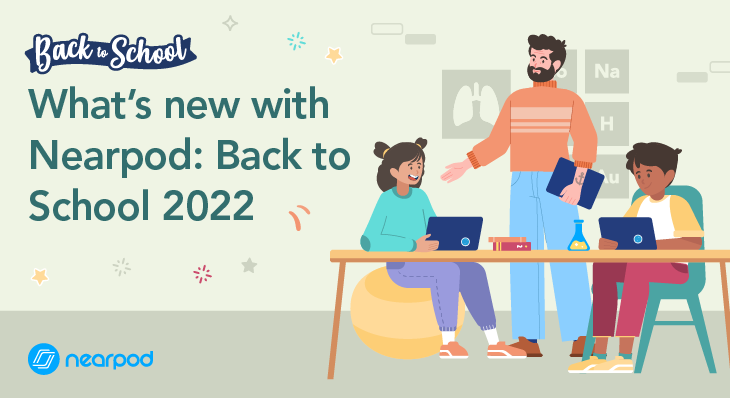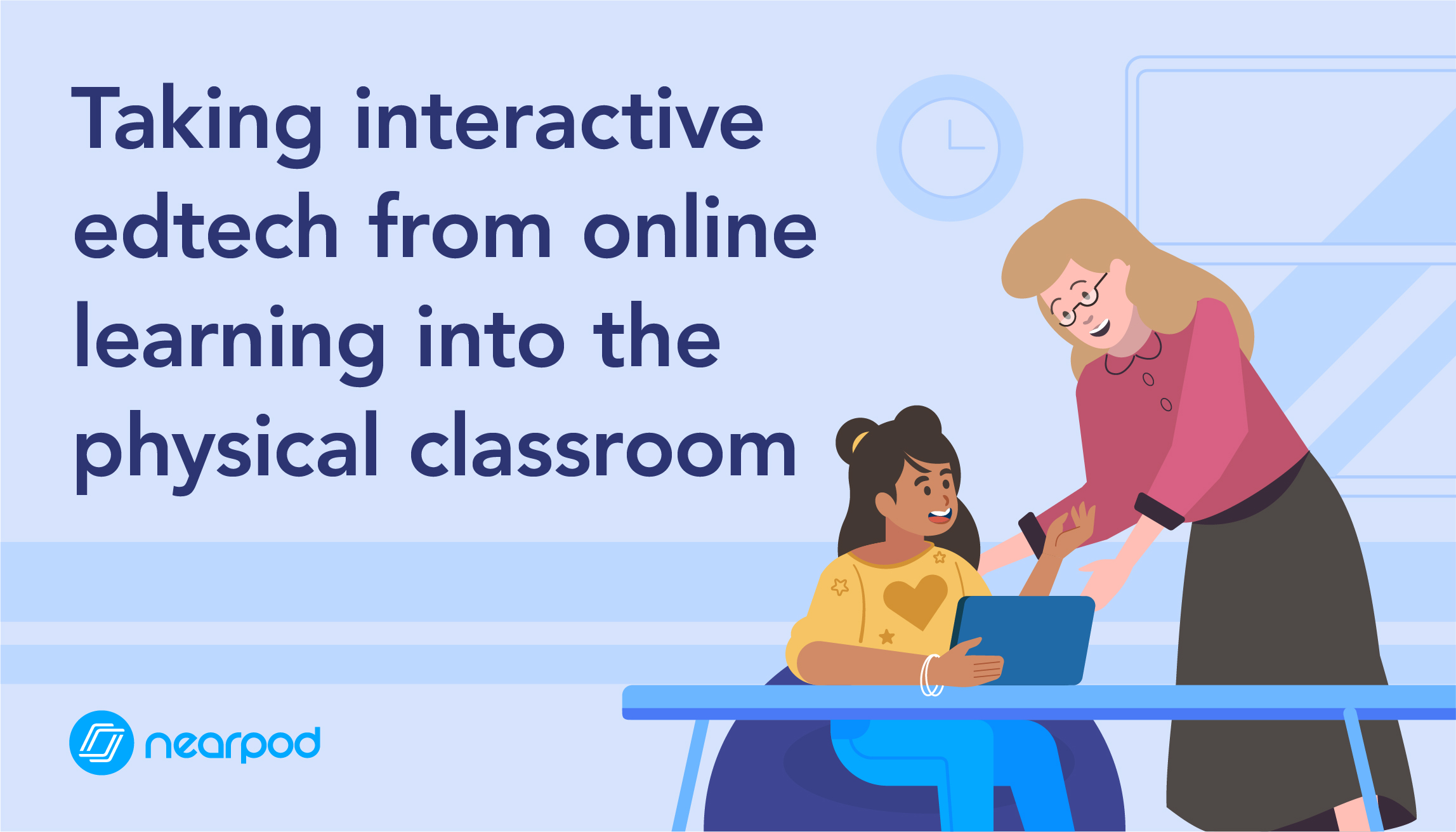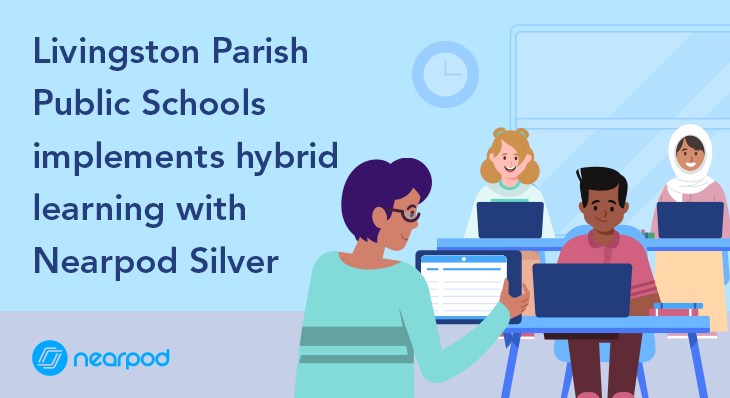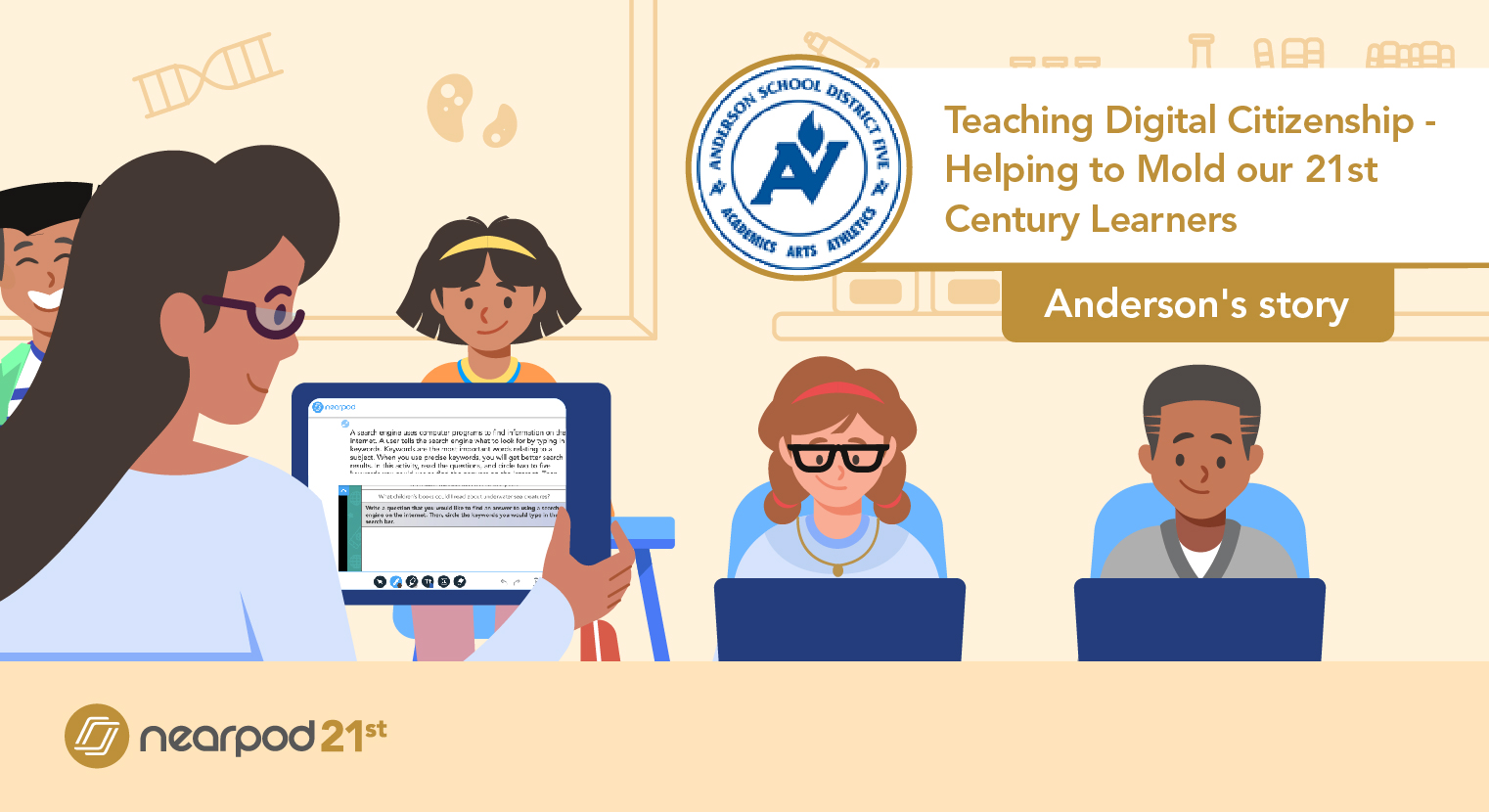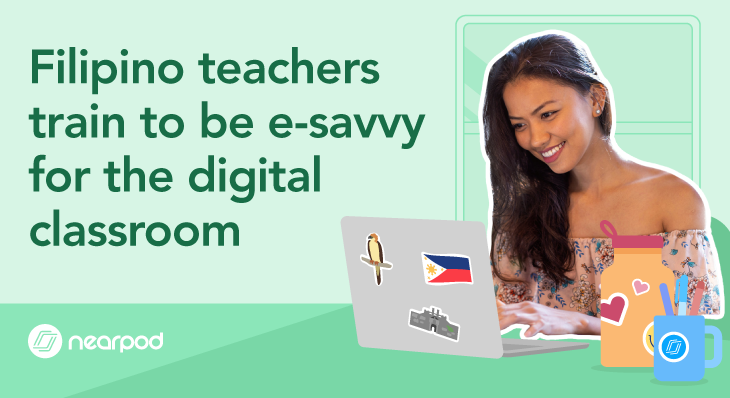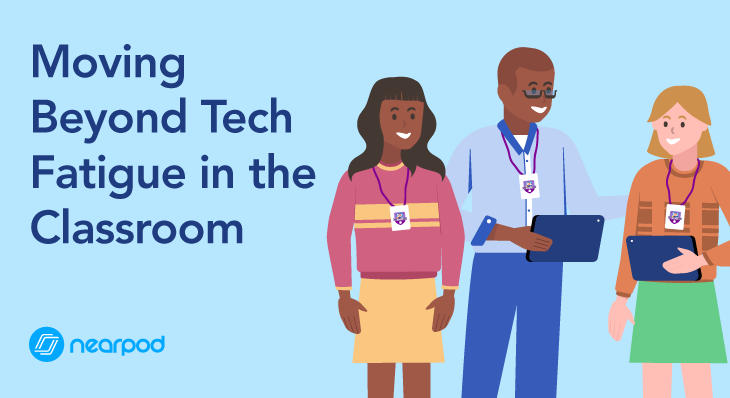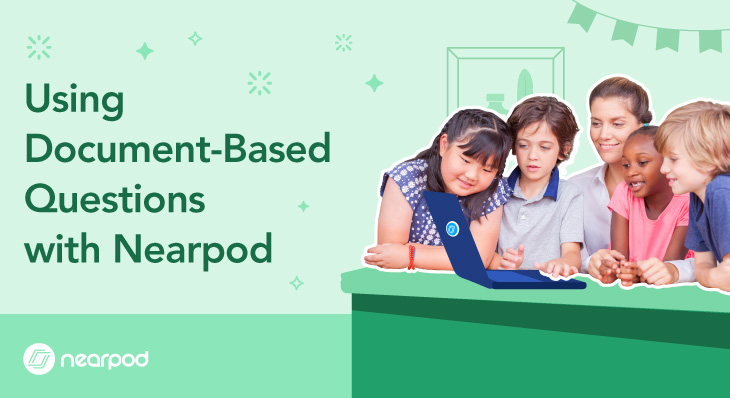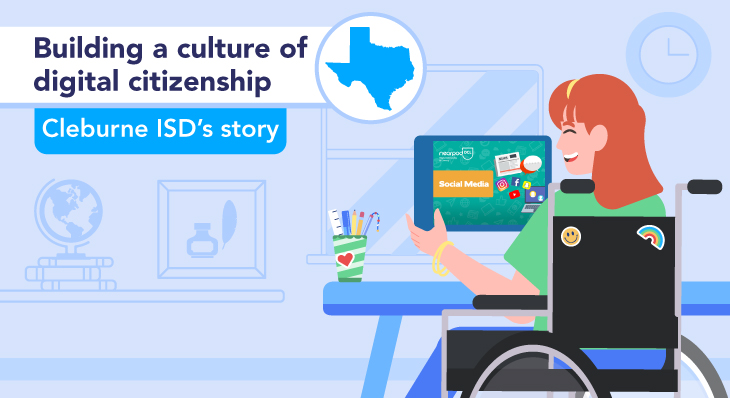Increasingly, I’ve noticed that teachers are talking more and more about intentionally integrating social and emotional learning in schools and into their social studies classrooms. When we support students into forming empathetic connections with historical subjects and events, they see history from multiple perspectives, helping them decipher what they’re learning and deepen their understanding of the material. Additionally, we’re arming students with skills that they’ll use beyond the classroom, in their careers and every day lives.
By integrating SEL with social studies, educators help children develop:
- Self-Awareness and see their connection between current tasks and their personal goals and interests.
- Self-Management including skills about focusing attention, managing stress and anxiety and accomplishing goals.
- Social Awareness and develop skills in perspective-taking, empathy, appreciation for diversity.
- Teamwork and Collaboration and considering the perspectives and thought process of their peers
- Responsible Decision Making by reflecting on the values of different historical figures, and see how values and beliefs can motivate others.
Educators of social studies, civics education, and history can benefit from integrating social and emotional learning into their lessons. By doing this, they support students to become college and career ready. But…where do they start?
Historical Perspectives and Literacy
Nearpod launched Historical Perspectives and Literacy, a supplemental curriculum that features primary sources and dynamic media to bring social studies to life, while at the same time, weaving core SEL skills within the lessons.
Students are exploring primary and secondary sources of untold narratives. Even more, lessons evolve from passive to active consumption of primary sources. They enable students to become a part of that story and make empathetic connections. While students look at different sources of media, they are addressing skills that are assessed in standardized tests. This spans from looking for bias or analyzing evidence in an argument or in a primary source.
This new offering encompasses four types of lessons, Historical Explorations, Ethnic Studies, Historical Literacy and Global Perspectives.
Historical Explorations
Students are exploring primary and secondary sources of untold narratives. Even more, lessons evolve from passive to active consumption of primary sources. They enable students to become a part of that story and make empathetic connections. While students look at different sources of media, they are addressing skills that are assessed in standardized tests. This spans from looking for bias or analyzing evidence in an argument or in a primary source.

This new offering encompasses four types of lessons, Historical Explorations, Ethnic Studies, Historical Literacy and Global Perspectives.
SEL Skill: Teamwork and Collaboration
Ethnic Studies
Students uncover the untold stories of those underrepresented in traditional narratives to create a more complete picture of events and better understand groups of people.
In these lessons, students see themselves and those who are different from them in history to provide a more complete picture of events to develop empathetic, aware global citizens.
SEL Skill: Social Awareness / Empathy

Historical Literacy
Prepare students for rigorous engagement with the text, and encourage critical guided inquiry of a primary source. Indeed, these lessons are accessible, scalable ways to actively leverage primary source analysis. They push students to think about how they corroborate and combat that time.
SEL Skill: Social Awareness / Empathy & Perspective Taking

Global Perspectives

Created in partnership with The Pulitzer Center, these lessons build global awareness and encourage students to engage with and think critically about the problems that face today’s world.
SEL Skill: Ownership over global issues. Making abstract issues global.
Conclusion
In short, by intentionally incorporating social and emotional learning activities and lessons into core content areas, teachers are setting their students up for success in school and beyond.
Explore Historical Perspectives and Literacy, Nearpod’s newest offering that breaks the mold of traditional social studies education while embedding key SEL skills to foster culturally empathetic students.
